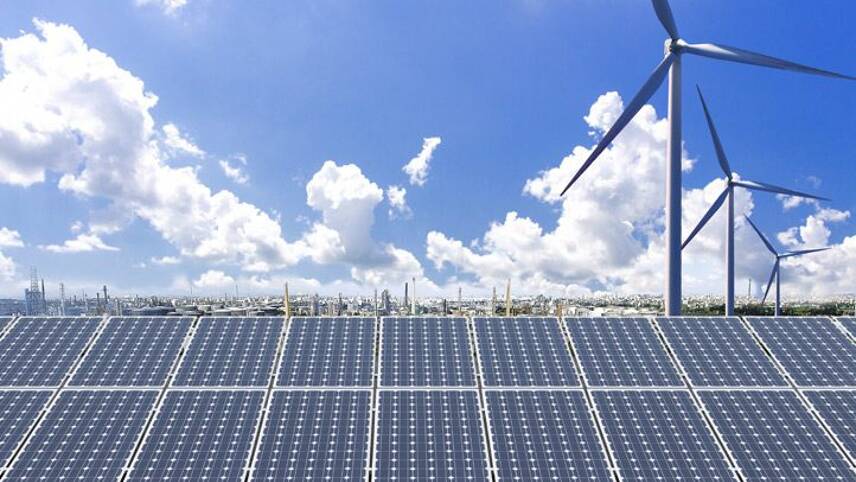Register for free and continue reading
Join our growing army of changemakers and get unlimited access to our premium content

Russia’s invasion of Ukraine has abruptly confronted governments with the financial and strategic vulnerabilities of our fossil-fuel based economies, and the consequences of a sluggish approach to the renewable energy transition.
According to research published in February, wind and solar have saved the EU €12 billion in offset gas costs since the start of the war. Yet with just 23% of EU electricity generation coming from wind and solar during that time, we are only starting to see what would be possible from a more ambitious renewables roll-out.
Meanwhile, the energy giants are rowing back on their climate targets, and objectively failing to invest in the renewable transition at the pace and scale that our economies and environment require. BP claims to be “helping provide the energy the world needs,” but – with its target to cut emissions by 35-40% by the end of this decade now on the scrapheap – this statement couldn’t feel further from the truth. At the same time, these companies are reporting record profits, as they reap the short-term spoils of war.
As the world struggles under the burden of volatile gas and oil prices, taxpayers around the globe are subsidising the vast profits of the fossil fuel industry to the tune of $1 trillion a year, according to the latest IEA estimates. In the UK alone, from 2016 to 2020, the oil and gas industry received £9.9 billion in tax relief for new exploration and production.
We simply can’t afford to keep subsidising these sunset industries and pumping-up oil and gas profits.
Renewables on the rise
Over 400 of the world’s largest and best-known businesses, including Samsung, AB InBev and Apple, have joined RE100 and are committed to using 100% renewable electricity. Together, these companies create a demand for renewables that is greater than the annual electricity use of the UK. In the latest annual report, RE100 member companies reported using 184 TWh of renewable electricity in 2021, up from 152 TWh in 2020, and 113 TWh in 2019, sending a clear signal that, outside of the oil and gas industry, businesses know the future is renewable and are putting their money where their mouths are.
Many governments are responding accordingly and using renewables to lift us from the clutches of this crisis. Germany, for example, has rightly taken steps since the invasion of Ukraine to make renewables 80% of its electricity mix by 2030 – a bump up from its previous target of 65%.
Wind and solar surpassed fossil fuels in the EU in 2022, the first year in which they have played a bigger role in the electricity mix than gas, and global investment in low carbon energy reached over $1 trillion in 2022, a new record. There’s a greater desire for access to renewables than ever before.
Ending fossil fuel subsidies
The gas industry often touts the reliability of its product. However, we’ve all seen just how vulnerable gas markets are to unfavourable geopolitical headwinds. This goes beyond short-term intermittency – with the loss of Nord Stream, Russian gas will likely never return to Europe at anything like the volumes seen up until 2022. Economically and environmentally, it’s time to rapidly move to renewables.
In a fair market, renewables outperform fossil fuels time and time again. Building new solar capacity in Europe is 10x cheaper than operating gas-fired power plants in the long term – combating both the energy crisis and the climate crisis.
There is no excuse to keep pumping taxpayers’ money into the dying embers of the fossil fuel industry. Governments must re-orient their approach to wholeheartedly support the businesses of the future, not prop up the past.



Please login or Register to leave a comment.